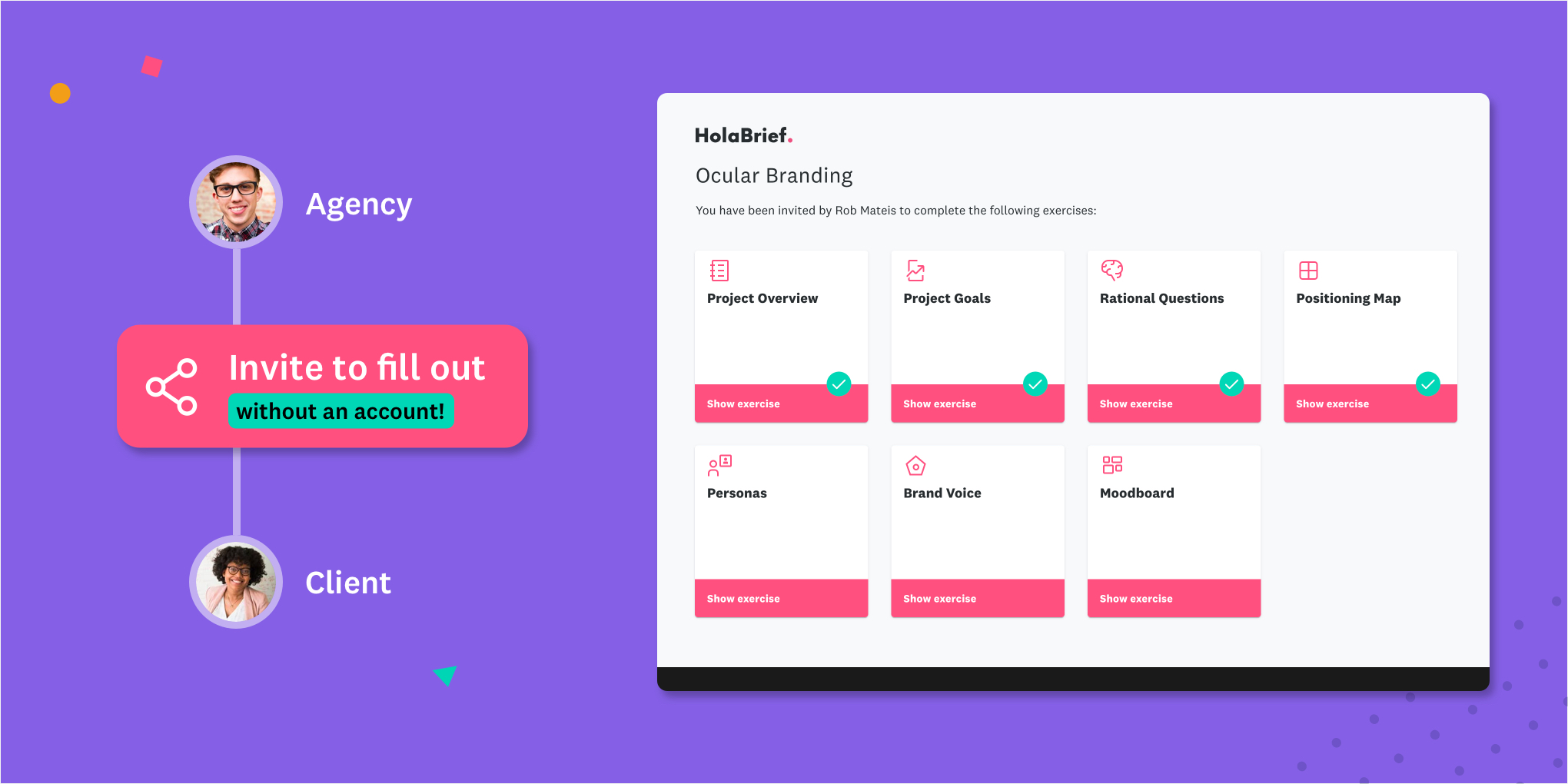Are you struggling to hit your deadlines? Are you refusing new clients because you think you won’t be able to finish work on time? Do you often find yourself extra busy on some weeks and not having any work at all during the next week? These are all common problems that can easily be fixed by taking just a couple of minutes to improve your time management skills.
What is Time Management and Why It’s Important to Track It
As a self-employed business owner, you are your own boss. Being it requires discipline to manage deadlines and be a good communicator with your clients. Without this ability, it can quickly be the end of your freelancing journey.
Were you ever tempted to refuse a new client just because you thought you didn’t have enough room in your schedule to fit in one more project? If this sounds like you, you can clearly benefit from analyzing where your time goes. Managing your time effectively can help you scale your business and take on more clients. Here’s why:
- Take on new clients without worrying about not having enough time for their project: Effective time management will give you an exact overview of where you are spending time. This means you are able to pinpoint a timeframe for each step of your process. This is of huge help when new clients are knocking on your door. Some freelancers even organize time slots throughout the year to book new clients. This can only be effective when each project takes exactly the time you calculated and clients are aware when they need to give feedback or review the work.
- Increase your cash flow without sacrificing your free time: Time is money. But balancing your work life and personal life so that you avoid running into burnout is priceless. So in order to be able to take weekends off, you have to be smart and effective with the time you have. Time management is key here.
- Hit all of your professional goals to grow your freelance business: The more understanding you have of your current and past projects, the more accurately you’ll be able to quote for clients in future projects; not selling yourself too short, but also not over-servicing them either. Using this data will also ensure that you can set realistic goals for your projects and help clients set fair KPIs.
Time Administration when Working from Home vs in the Office
Working from home has never been as popular as now when the world is discovering alternative ways of working without face-to-face contact.
Do you experience less stress with virtual meetings or more productivity due to more focus? Or are you the kind of freelancer where the flow of life is just too distracting at home and you are way more creative when interacting with peers?
Both have their pros and cons depending on which aspects most affect you. Therefore, it’s paramount you analyze your productivity in each environment and track your time with the following 5 tips and advice we share below.
Whatever you choose, you’ll want to avoid wasting precious time by commuting into your office when you actually realize it would have been better to work from home or vice versa.

5 Tips and Advice for Effective Time Management
This “work-at-home time management for freelancers” guide will take you through 5 necessary steps to finally gain control of your time with limited efforts. We’ve used both our knowledge and the experience of other senior creatives to bring you the most effective time management tips and a gateway towards a new stage for your business.
1) Be on Time
It’s surely tempting to have fluid work hours each day as a freelancer working remotely, basically working whenever you feel productive. Writing an email or sending a work message on a Saturday? No problem!
Unfortunately, working in a team or with clients demands more stability regarding when you work. It doesn’t matter if your schedule is from 9 am to 5 pm, or 10 am to 3 pm (that’s the benefit of being self-employed), as long as you show up on time and clients know exactly when they can contact you. Also, setting fixed hours will actually maximize your productivity due to the famous “Parkinson’s Law”.
Work expands to fill the time allotted for its completion.
2) Eliminate Distractions
If you are a “squirrel brain” person that is easily distracted and has trouble focusing, you might want to consider avoiding multitasking. Though a squirrel brain does have its advantages – like coming up with ideas quickly or improvising like a pro – it makes it harder to stay focused for long periods of time, which reduces productivity.
The key here is to eliminate distractions like social media, the internet, or phone time and focus on one task at a time. There are plenty of apps out there that can help you block the applications you know are taking too much valuable time away from focused work.
3) Track Your Time
Make use of tracked time to give better future estimates and organize your work realistically. “Are you available to take on another client?” is a question you’ll get from all potential clients and you can’t just guess the answer.
Knowing exactly how many hours you have left will ensure you won’t refuse a client thinking you wouldn’t be able to finish work for them on time. Simple ways to do this include setting measurable goals, taking on extra partners so you can delegate the work, and even offering additional services.
4) Set a Schedule and Respect it
Ever heard of the Pomodoro technique? It’s a time management technique that encourages scheduled times for focused work followed by relaxation time.
Using this method, you work in chunks of 25 minutes with 5-minute breaks, which help your brain keep focus.
Whatever technique you use, choose one that works best for your personality because remember, the ultimate goal is not implementing new tips, it’s all about improving your productivity and making more money.
5) Learn to Say No
Only take on projects that are worth your time to prevent losing amazing clients. Saying no from time to time can help you grow faster and with more peace of mind. You’ll be able to accept projects that will pay more for the same amount of work or accept a bigger client who can bring in referrals without you having to put in the extra work.
Refusing menial work that would otherwise help you round up your earnings also implies you can focus on the niche you want to become a top leader in. Is there any path you want to follow? Maybe you’d like to become an illustrator that can be everyone’s first choice or start a leading branding agency for fitness studios. This means you’ll have to say no to your usual logo and social media post design gigs and start actively looking for clients in your niche of interest.
Read more on saying no to a client in our full guide to helping you choose projects you’ll be passionate about and ones that line up with your values.

The 3 Best Tools & Apps for the Self-Employed
Now that you understand the importance of time management to effectively scale your business as a freelancer, it’s time to share the 3 best tools and apps that help you hit your deadlines, make better time estimates, and even increase your revenue considerably:
1) Clockify: The Best Time-Tracking Tool
If you are looking for a tool that helps you estimate how much time you have available in your schedule without guessing, then Clockify can help you stay on track. The app helps you spot time-sensitive or intense tasks and decide which ones to handle next.
This time tracking app also lets you create different projects for each of your clients so you are able to track exactly how much time goes to each part of your project to-dos. For freelancers, this is the perfect way to see if you are actually charging the right amount for your services.
And if you are ready for scaling, thanks to a time-tracking tool like Clockify, you know which activities can be delegated or automated in order to stay focused on the tasks that matter and save time on administrative tasks!
2) Google Calendar: The Best Time Planner
We’ve all been there. Endless to-do lists that don’t quite seem to get smaller when the workday ends. As a self-employed creative it’s challenging to manage your time effectively.
It might come as a surprise, but Google Calendar when used to its full potential can be your go-to time planner tool for planning out your workday. It is available 24/7 and gives you a great visual overview of your (hopefully) planned out week.
You can set up tasks with Google Tasks (to have an overview of what needs to be done), create calendar categories (great for those visual thinkers), time blocks for deep focus, breaks, or plan meetings and calls - a very complete tool.
It's important though, that when your days don’t go according to plan, simply make quick adjustments and get back on track!
3) PomoFocus: Online Pomodoro Timer
As mentioned before, the Pomodoro technique is a helpful tool to schedule times for focused working so you are using the time you have effectively.
With the help of the online Pomodoro timer, Pomofocus, you are set to implement this technique with success and stay focused 25 minutes at a time. It has an audio notification at the end of a timer period and can be used on desktop or mobile.
Conclusion - Treat Freelancing as a Job
Time management is not really a thing you can try once and be done with. It requires consistency well beyond finding the prioritization methods that work for you. So there’s always room for more improvement within your freelancing schedule.
The first step is having a close look at where your time is going right now with the right tools that suit your needs.
Once you have a clear image of which tasks you’re postponing or if there are any that drain your time to no avail, you’ll make better time estimates, say no to unprofitable projects, and take on the clients you’ve always dreamed of having.







